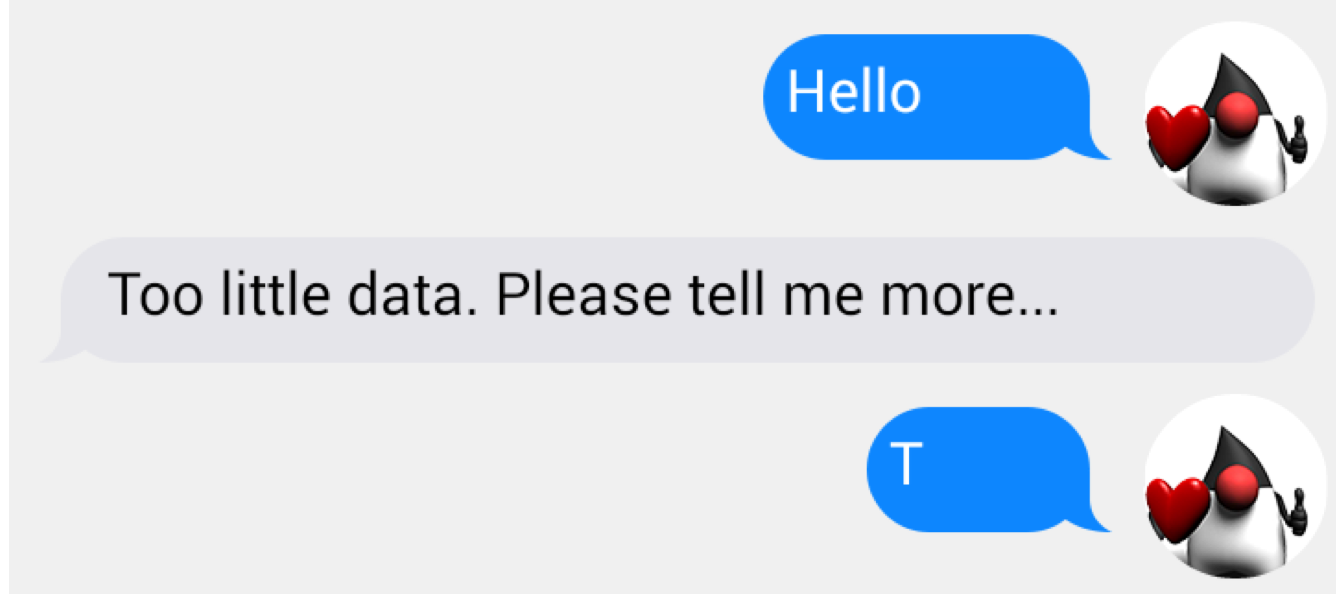
As part of the bug fixes for the 3.4 release we fixed issue
#1725 which was surprisingly difficult to fix… As part of that fix we also added a new method to TextArea
by the name of setActAsLabel which we now implicitly call in the SpanLabel & SpanButton classes.
So why do we need that and why not just use the text area as it is?
There are two basic challenges in multiline strings, the first is related to the way layout managers work. Layout managers
set the X/Y/Size of the components dynamically based on available space. This seems simple enough until we get
into the notion of nesting & changes.
E.g. if I have a layout manager on the Form it knows that it can has the width/height of the screen to place components
so it can arrange them based on that constraint. However, when nesting starts things start to get tricky…
A child container needs its parent to allocate space for it before it knows the amount of available space. But here
lies the paradox, how much space does it need?
For that we have the preferred size, in the case of an image this is trivial: “the image size”. In case of a Label
this is trivial: “the string width”. In the case of multi-line this is hard!
Preferred size for multi-line text depends on the size we are given. E.g. if we have enough width available we won’t
need to break another line but if we don’t then we’d want more height. The problem is that we decide on the space
before layout is done so we don’t know the available space yet. This is called “reflow”, we ask for a specific amount of
space and have to “reflow” to fit what is given us.
Browsers handle reflow accurately which is a major reason for their slow performance as reflow is pretty
expensive since we have to recursively re-allocate space based on parents siblings etc.
Codename One expects you to explicitly reflow using revalidate() or animateLayout(int) if you change the
layout after it is shown.
Don’t invoke revalidate() on UI that isn’t shown, it’s redundant and an expensive operation!
|
Deciding where a line of text should break is one of the most delicate tasks in terms of performance!
String Width is Slow
So up to here we understood how hard it is to do layout properly… But the kicker is that just calling an API like
stringWidth in pretty much every platform on earth is surprisingly slow…
To be fair this isn’t “horribly” slow but if you invoke the code as many times as you need to it becomes a problem.
The complexity of font rendering is tremendous and while we do cache a lot of values related to text width
in the various implementations it is challenging since this varies a lot based on font, size and content.
E.g. say I want to render the phrase: “Mary had a little lamb” over multiple lines. A stupid algorithm
would do something like checking the width of “M” then of “Ma” and “Mar” etc.
A slightly smarter algorithm would have a simple optimization to check if “Mary had a little lamb” fits in the space
available and go backwards but that might be an advantage for only some of the cases.
We have a lot of optimizations to deal with those computational complexities and they mostly hide that issue while
providing some benefits but also some penalties.
“Faking” Preferred Width
TextArea effectively fakes preferred width.
This isn’t a bad thing as normally we want the text area to take up a decent amount of space and not necessarily the
real amount it needs. So when we construct a text component in Codename One we usually give it the number of
columns/rows and these are used to indicate the correct preferred size value that is later used for calculations.
This isn’t what we want for SpanLabel. We’d like it to have the actual preferred size based on it’s text.
So the setActAsLabel does exactly that, provides the size based on stringWidth and it tries to ignore the row/column
values when the text just occupies one line.
Normally all of the information above shouldn’t matter to you in your day to day programming tasks,
however if you run into issues such as line breaks in multi-line text areas this should give you a general understanding
of the complexities involved.





2 Comments
In HTML they introduced width by percentage to help with this problem. So if I have two multiline labels next to each other and give them a weight (android) or percentage (html) then you help the algorithm get there faster.
You look at the problem from a ui designer point of view
Nope. You can specify the width in Codename One too (e.g. table layout) and it isn’t designed to help in this situation (for HTML or our case).
Width is in box model units (e.g. percentage) and isn’t required which means you need the hierarchy size. If you actually specify the width in pixels you are effectively disabling resolution independence.